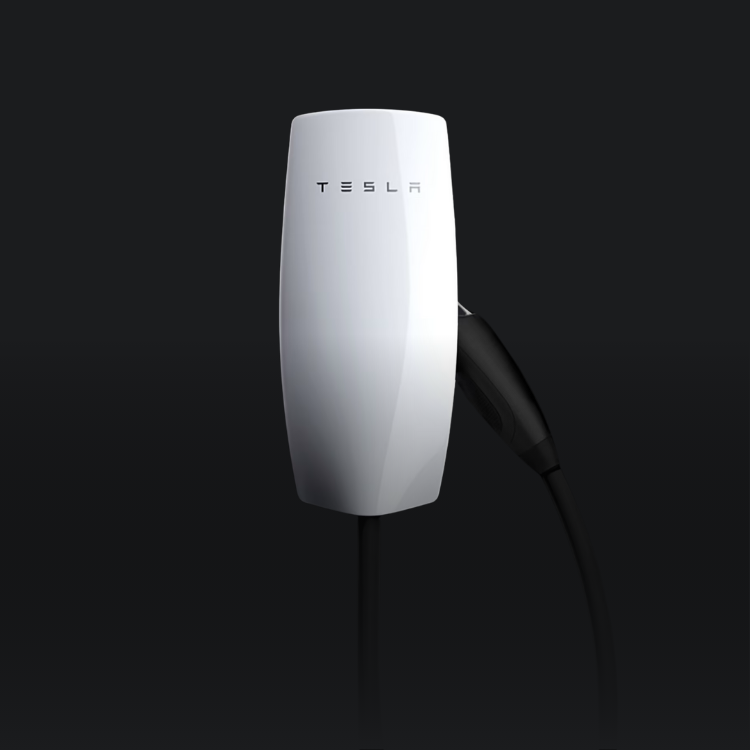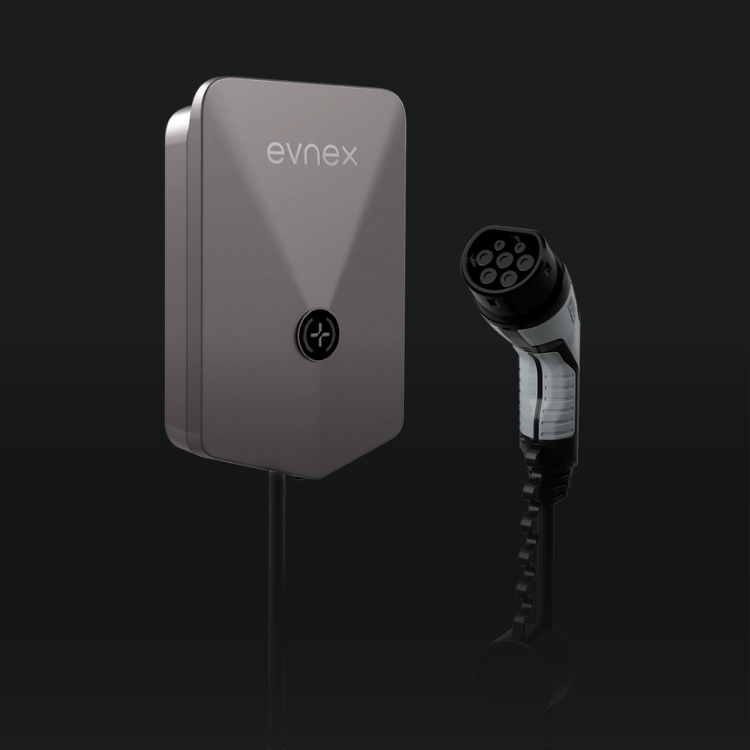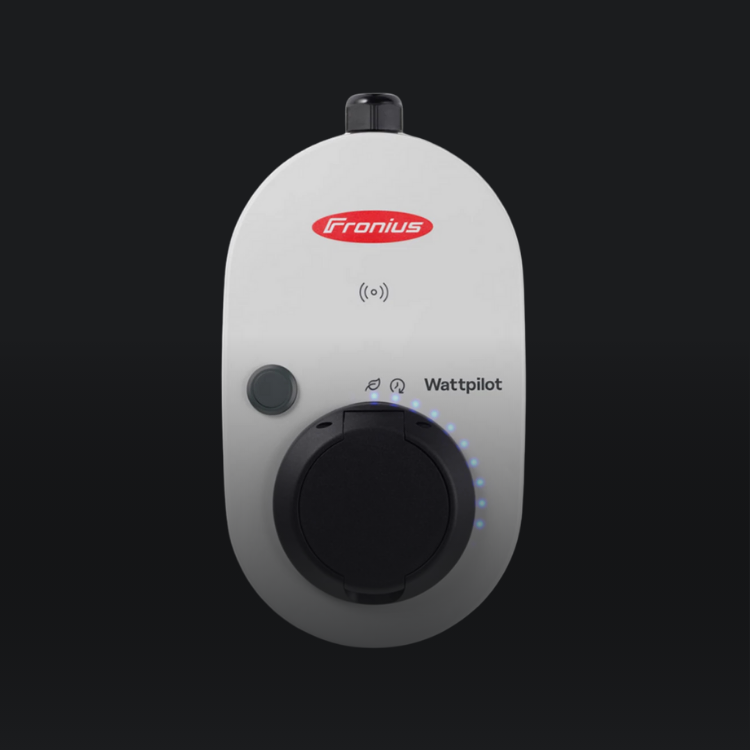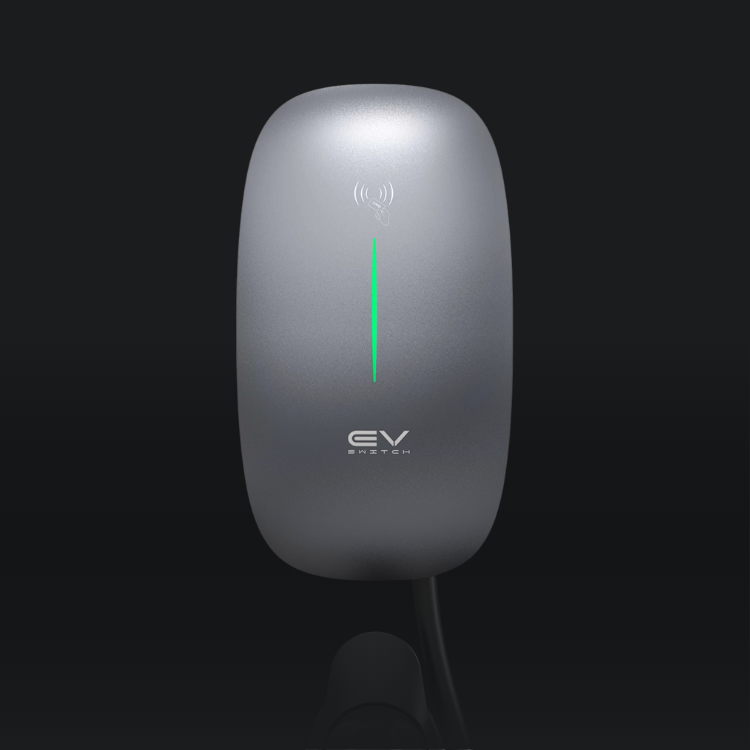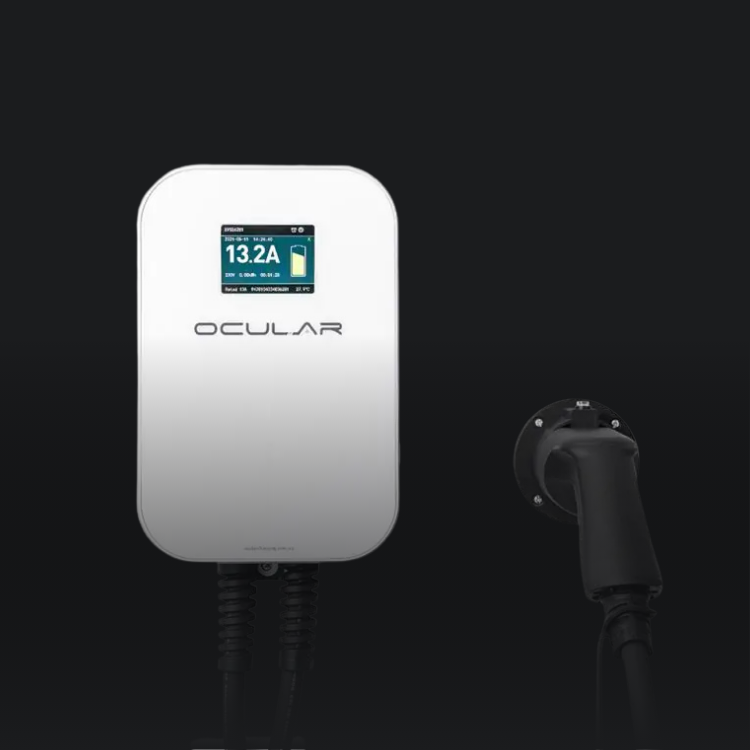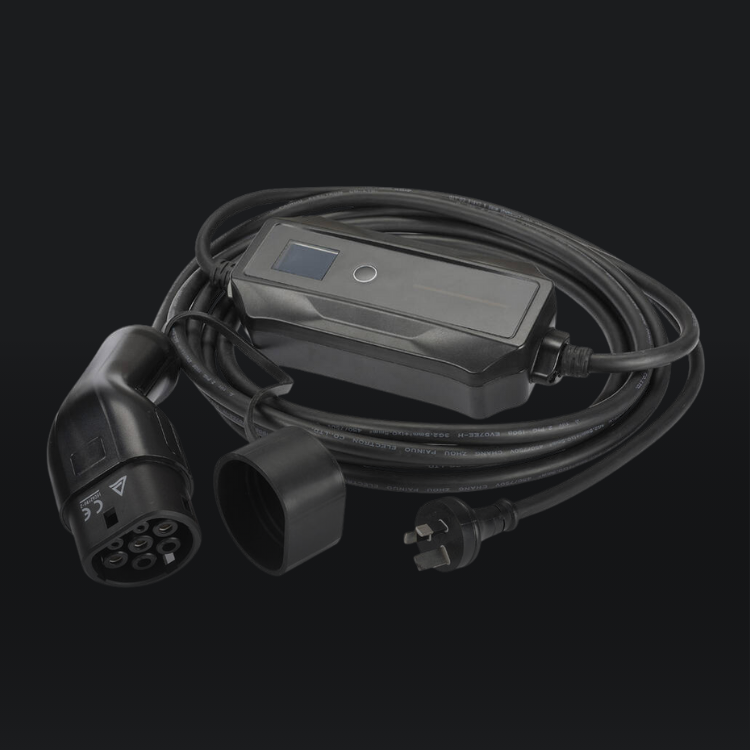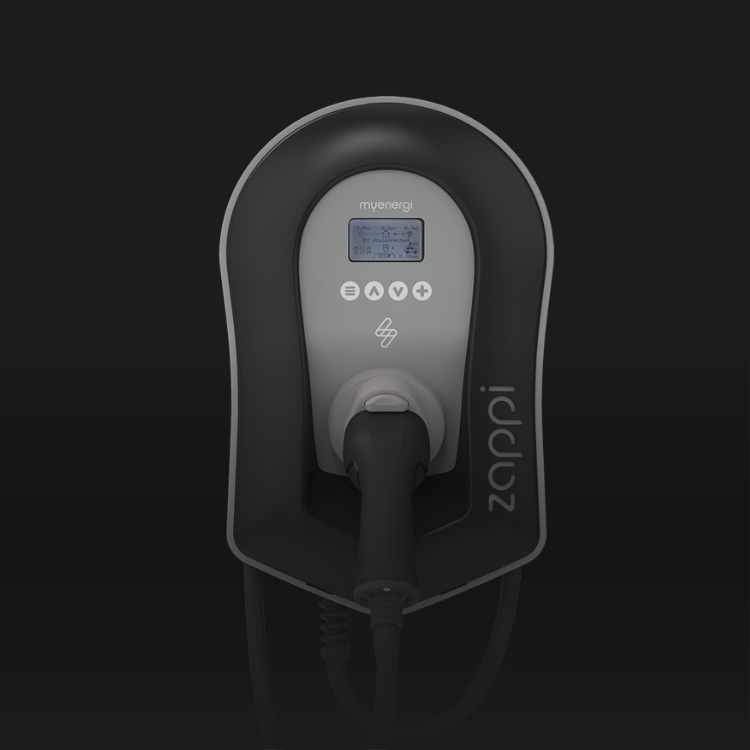

Workplace EV Charger Monitoring for Fleet and Novated Lease Vehicles Charging at Home

Self-install sensor technology at home which monitors energy consumption for effortless reimbursement.
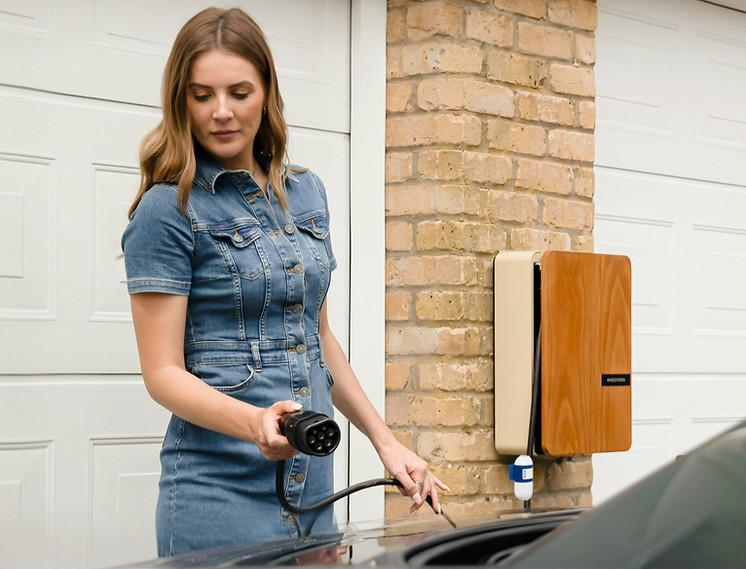


Powersensor technology connects to the charging cable, reporting energy data via the homes Wi-Fi to the Pulsepoint cloud.
The Pulsepoint cloud collects Powersensor data, and provides reporting on kWh, CO2 and calculated $ Reimbursement.
Pulsepoint collects Powersensor data to produce reporting on kWh, CO2 and calculated $ reimbursement, for easy submission to the novated lease company or fleet manager.
Powersensor technology connects to the charging cable, reporting energy data via the homes Wi-Fi to the Pulsepoint cloud
Powersensor and Pulsepoint work on all charger types including fixed wall chargers and portable chargers.
Accuracy
Automation
Efficiency
Why traditional reimbursement methods fall short?
Manual tracking of home EV charging can be error-prone and time consuming, whether you're an individual calculating personal electricity costs or a business reimbursing employees for fleet vehicles.
Pulsepoint eliminates the hassle with automated, accurate monitoring that works for any setup.
Avoid
overpaying on energy bills with rough guesses and estimates, and pinpoint exact EV charger electricity consumption.
Streamline
reimbursements and reduce administration errors for home charged fleets.
Gain
peace of mind with real-time data, no matter the scale.

Pulsepoint for Businesses:
Streamline Fleet Home Charging
For fleet managers and companies, automate reimbursements, enhance reporting, and boost efficiency across your EV operations.

Managing home charging for employee vehicles?
Pulsepoint provides automated tracking and reimbursements, ensuring compliance and cost control without manual claims.
Scale effortlessly from small teams to large fleets, with enterprise-grade features like API integration for payroll systems.
Automated reimbursements
precise data eliminates errors and saves admin time
Fleet-wide insights
real-time dashboard for monitoring usage, CO2 reporting, and optimisation.
Broad compatibility
works with any AC charger, ideal for diverse fleet setups.
Custom exports
generate reports for audits, reimbursements, or sustainability goals.
Enterprise pricing
special enterprise pricing for fleets and not-for profits

Precision Energy Tracking for Fair EV Charging Reimbursements
Monitors every kWh for fair cost allocation or reimbursements

Seamless Automation
Eliminate manual claims with seamless automation, saving time for staff and administrators.

Real-Time Cloud Dashboard
Access insights anytime via web dashboard, with CSV/PDF exports and API integration.

Versatile Charger Compatibility for Cost-Effective Deployment
Works with all AC chargers types, including portable, fixed, single and three phase.
Why Choose Pulsepoint for Your Workplace
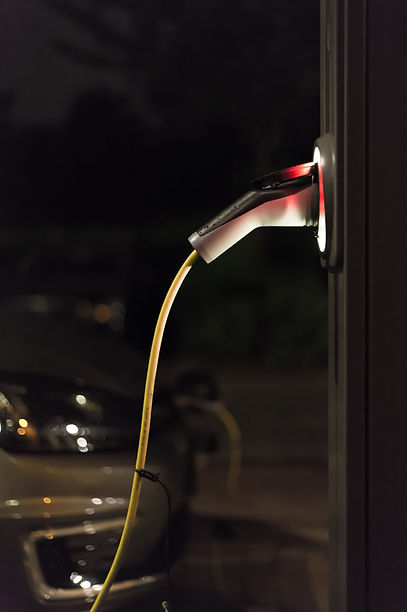
As an employer, you're likely familiar with the standard km based method for reimbursing or deducting EV charging costs. It's simple, but it ignores vehicle efficiency and fluctuating electricity prices across states. This can leave employees under compensated, potentially harming morale and retention.
For instance, an employee driving a BYD Sealion 7 for 15,000 km annually in Victoria claims just $630 ($0.042 per km x 15,000 km). With the car's 17.0 kWh/100 km efficiency, it consumes about 2,550 kWh yearly. Assuming electricity costs are $0.30/kWh in Victoria, reimbursement in this case would actually be $765.
Whilst in South Australia, energy costs are approx. $0.45/kWh meaning it would cost the employee approx. $1,148. The km method stays at $630, regardless resulting in your employees feeling shortchanged.
By adopting Pulsepoint, our advanced energy tracking solution you set the rate of reimbursement and can measure the exact amount of power that was used to charge that vehicle, resulting in a much truer cost of running the vehicle, boosting satisfaction by returning a fairer reimbursement showing that your company is considerate of the true costs of running the fleet and being a forward thinking leader in fair benefits.

Approx. 15,000km : +$59 p/a 20,000km : +$78 p/a

Approx. 15,000km : +$135 p/a 20,000km : +$180 p/a

Approx. 15,000km : +$140 p/a 20,000km : +$186 p/a

Approx. 15,000km : +$324 p/a 20,000km : +$432 p/a

Approx. 15,000km : +$99 p/a 20,000km : +$132 p/a

Approx. 15,000km : +$302 p/a 20,000km : +$402 p/a

Approx. 15,000km : +$36 p/a 20,000km : +$48 p/a

Approx. 15,000km : +$189 p/a 20,000km : +$252 p/a

Approx. 15,000km : +$158 p/a 20,000km : +$210 p/a
Important: The calculations below are based on ADR81/02 energy consumption data available through the Australian Government website (https://www.greenvehicleguide.gov.au) and assume annual distances of 15,000 km or 20,000 km. The comparison is against the ATO's EV home electricity charging rate of $0.042 per km. The cost of energy is calculated at an assumed rate of $0.30 per kWh.
This information is provided as a general guide only and is not intended as financial, tax, or legal advice. It is based on publicly available data and assumptions that may not apply to your individual circumstances. Tax laws and rates can change, so always verify the latest information directly from the ATO or official sources. We recommend consulting a qualified tax professional, accountant, or the ATO to assess your eligibility for deductions and to perform calculations tailored to your specific situation. We accept no liability for any decisions made or actions taken based on this information.
Onboarding process
1
Install Sensor Kit
Attach Pulsepoint’s sensor to any home EV charger, portable or fixed.
3
Automate Reimbursement
Our cloud platform processes data and generates reimbursement and CO2 reporting.
2
Data Capture
Pulsepoint monitors charging usage in real-time with pinpoint accuracy.
4
Manage with Ease
Access insights via our intuitive dashboard, csv, pdf export or API integration.
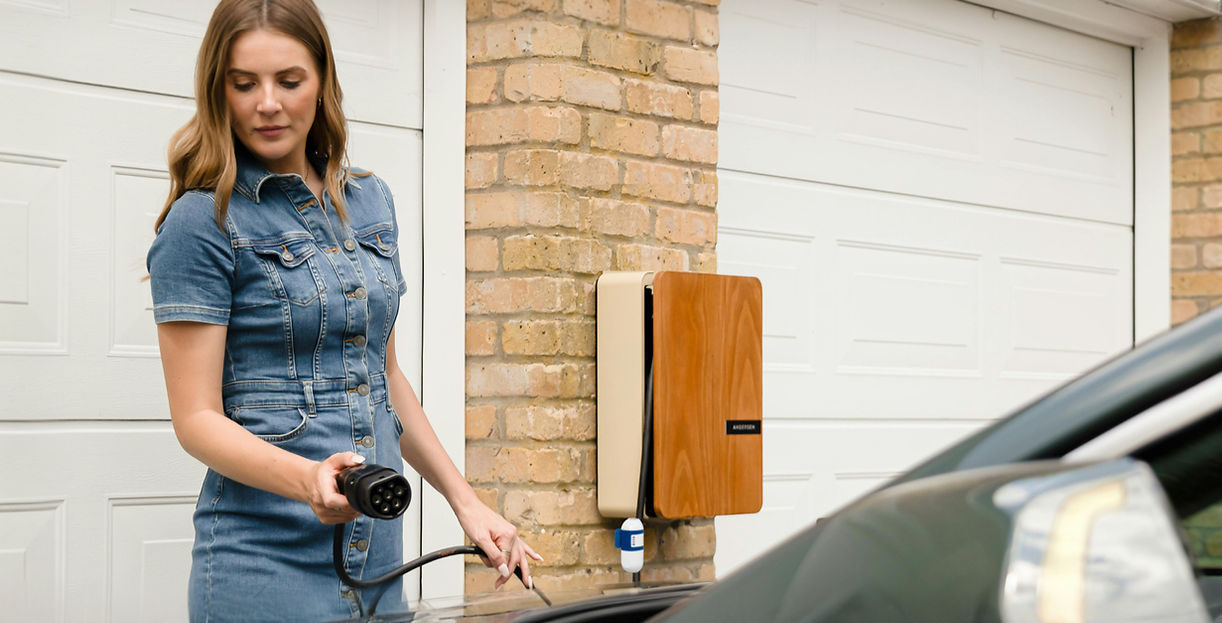


Which Chargers work with Pulsepoint?
Infinity EV's Powersensor is compatible with all AC charger types, including portable/mobile chargers and fixed wall-mounted units, and supports both single and three-phase systems.
